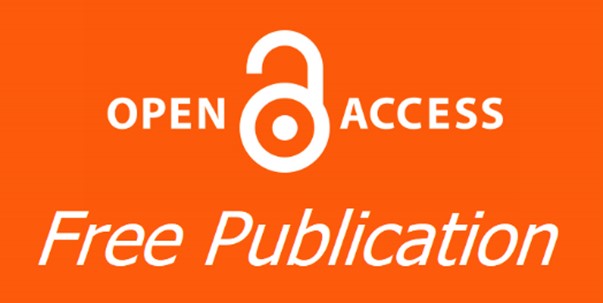Subject Area
Trauma, Thoracolumbar junction
Article Type
Original Study
Abstract
Background Data: Selection of stabilization procedures for treating thoracolumbar burst fractures remains controversial. Both long-segment and short-segment pedicle screw fixation including the fractured vertebral body have been used widely with no consensus on the better method.Purpose: To compare between the long segment and short-segment with intermediate screw (s) fixation of thoracolumbar junction burst fractures in terms of radiological and clinical outcomes.Study Design: Prospective randomized controlled trial.Patients and Methods: Fifty consecutive patients (32 males and 18 females, mean age 33.6±14.6 years) with thoracolumbar burst fractures presenting during the period between October 2015 and December 2016 to Assiut University hospital were randomized into one of two groups. Group A (25 patients) was treated by long segment pedicle screw fixation, i.e., fixation of 2 levels above and below the fractured vertebra. Group B (25 patients) was treated by short segment fixation, i.e., 1 level above and 1 level below the fractured vertebra, with one or 2 intermediate screws in the fractured vertebra itself. The study protocol was approved by our institution review board and all patients signed an informed consent. The inclusion criteria were single level Type A3 and A4 fracture at thoracolumbar junction, regardless of their neurological status. All patients were treated within 48 hours from the injury. Monoaxial screws were used in all patients. Assessment of kyphosis correction by using the Cobb method and restoration of the anterior vertebral body height was performed radiologically postoperatively and at 3 and 6 months follow up. The clinical outcomes were evaluated using the modified Macnab criteria in the last follow-up. Radiological and clinical assessment was made by an independent observer.Results: Demographic data of both groups were quite comparable. The mean operative time in Group B was significantly shorter than in group A (85±28 min. and 110±0.59 min. respectively). The mean operative blood loss was also significantly lower in Group B than in Group A (476±133.2cc and 656±195.9cc respectively). There was no significant difference between both groups as regards the degree of local kyphosis angle correction and anterior vertebral body height restoration or the correction loss observed during the follow up. Neurological recovery was observed in all patients. Clinically, 14 (56%) patients in Group A and 21 (84%) patients in group B were within the Excellent/Good categories according to Macnab Criteria, whereas 11 (44%) patients in group A and 4 (16%) patients in Group B (16%) were in Fair/poor Group (P=0.064). No perioperative complications were recorded in either group. Conclusion: Short-segment fixation using monoaxial pedicle screws and including the fractured vertebral body is as effective as long-segment pedicle screw fixation for treating A3 and A4 thoracolumbar burst fractures. It preserves motion segments and reduces the costs of surgery and seems to result in a better clinical outcome. (2017ESJ131)
Keywords
Thoracolumbar Burst Fracture, Long-Segment Pedicle Screw Fixation, Short-Segment Pedicle Screw Fixation, Intermediate Screw, Loss of Kyphosis Correction, Cobb Angle
How to Cite This Article
El-Sharkawi, Mohammad; Abdel Gawad, Mohamed; El Sabrout, Al Moataz; and Hassan, Mohamed
(2017)
"Short Versus Long Segment Fixation for Thoracolumbar Burst Fractures: A Randomized Controlled Trial,"
Advanced Spine Journal: Vol. 24
:
Iss.
1
, Article 1.
Available at: https://doi.org/10.21608/esj.2017.7111




















